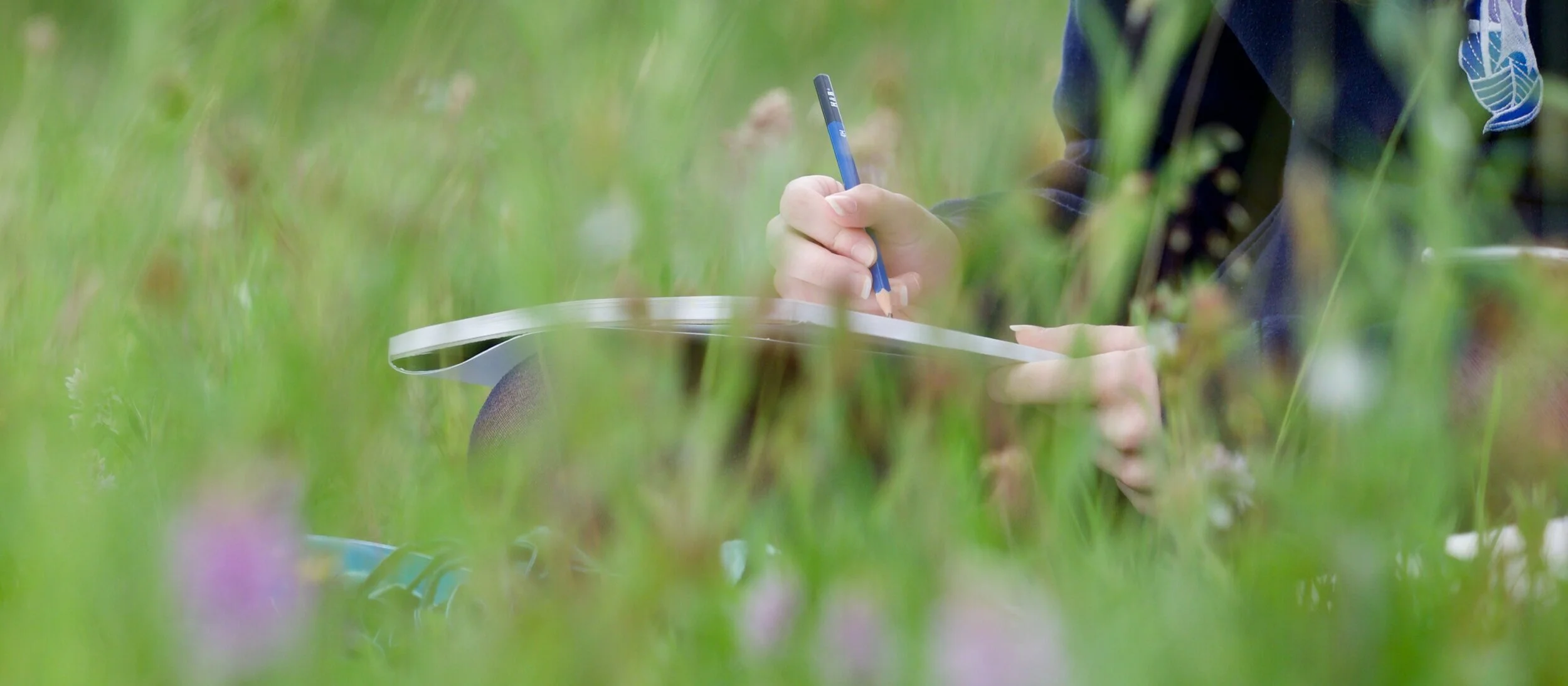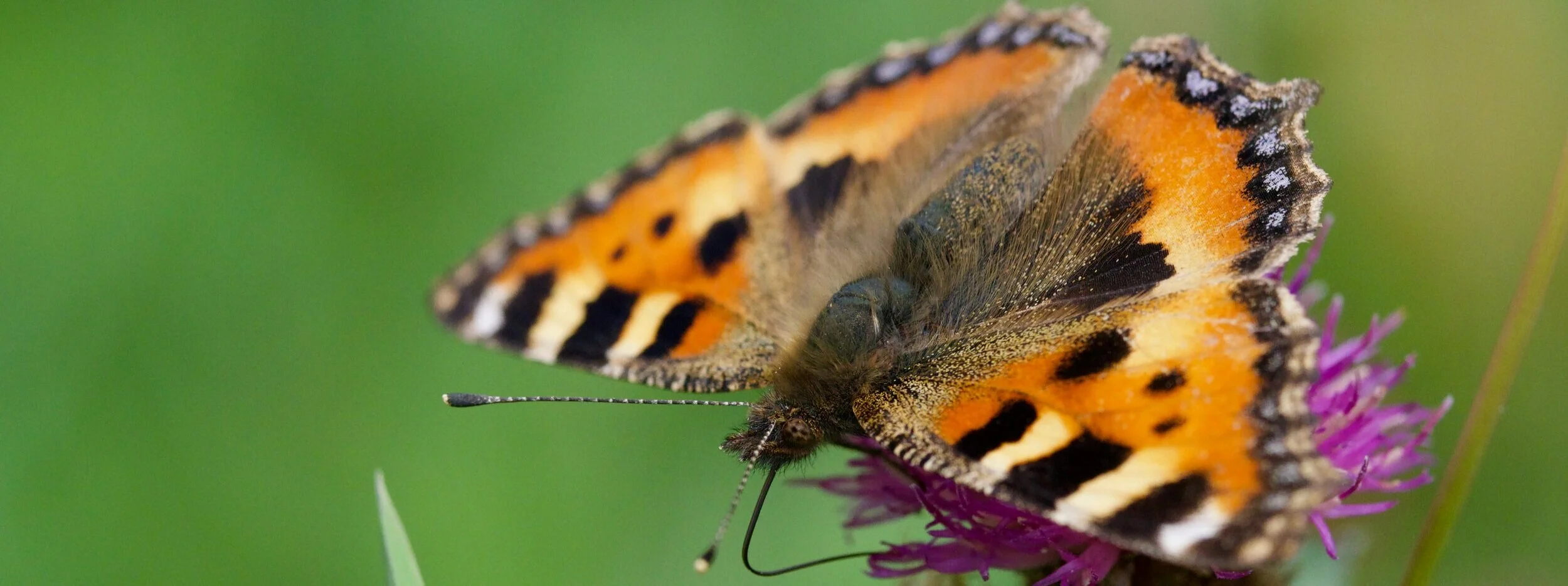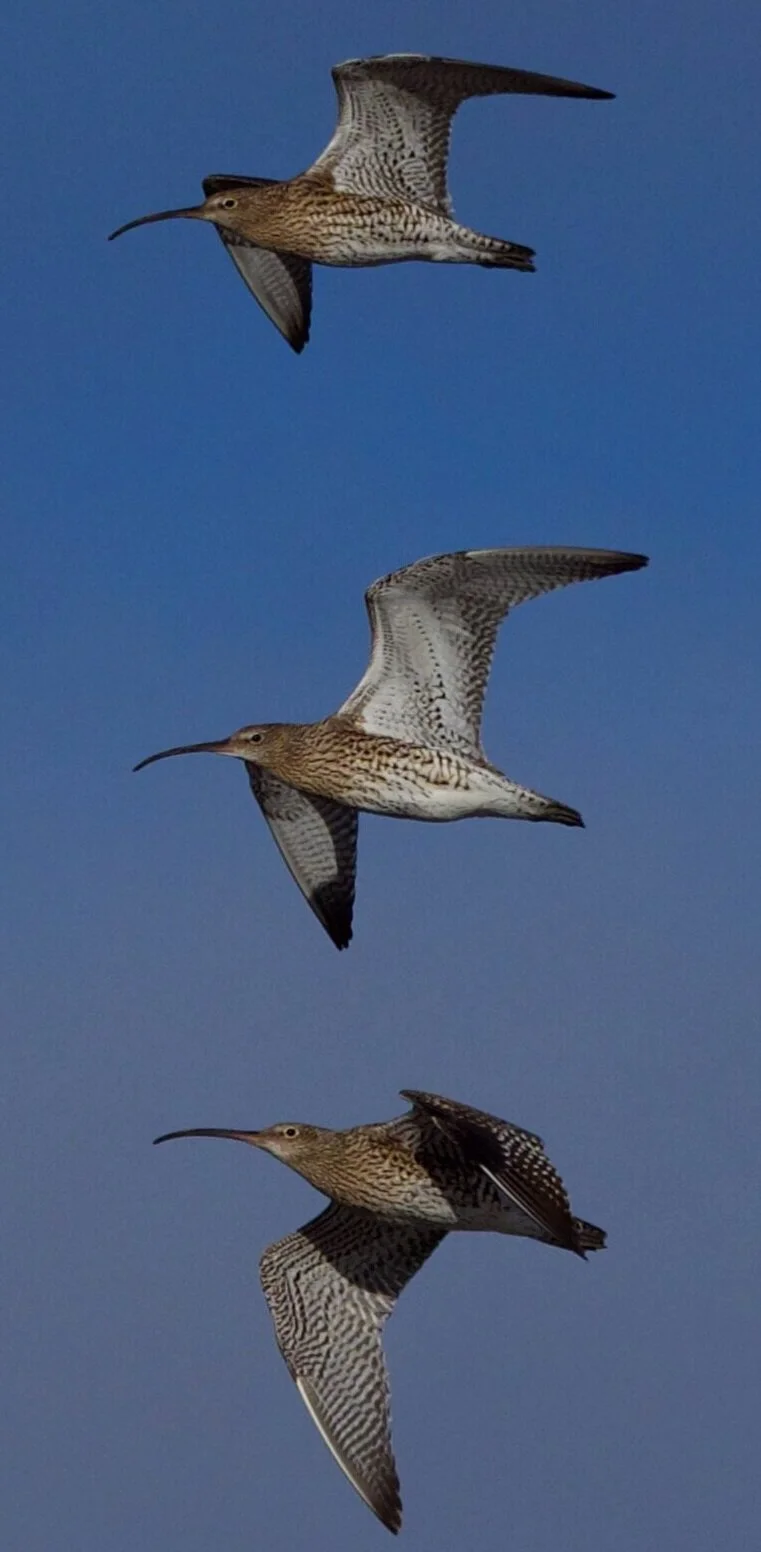Get Involved!
As spring advances in the northern hemisphere the variety and abundance of almost all forms of life appears to expand daily and it’s a brilliant time of year to start heading back out to look for invertebrates, migrants birds, the first flowers, in fact most things!
In doing so, our observations can be of value so why not get involved in one of the many citizen science projects on the go? From simply logging your sighting via an app (or online) into a centralised database, to participating in an organised survey there are a plethora of options. Some surveys can be done in your garden, some may only take a few minutes, whilst others are far more involved and may require a more prolonged investment of time. If you can spare ANY time it would be of use.
We have done a quick search online and found a few options to get you started. Scroll through the list and links below to find something to take part in this year (to make it easier to search we have divided it up by group).
Phenology
The Woodland Trust host a survey called Nature’s Calendar that looks at weather, climate change and wildlife which helps track the impacts of climatic changes on our wildlife.
Plants
Calling all teachers - Plantlife have a great citizen science project to engage children with trees and lower plants. Find out more here.
The Centre for Ecology and Hydrology (CEH) coordinate the National Plant Monitoring Scheme which you can read about here.
Invertebrates
Buglife coordinate a host of surveys including:
‘Nest quest’ (wood ants)
Pot Watch survey
Flatworm survey
These are listed here.
CEH are looking for Beekeepers to join in with the National Honey Monitoring Scheme and also coordinate the Pollinator Monitoring Scheme.
Flower-Insect Timed (FIT) Counts are one of two surveys that feed into the UK Pollinator Monitoring Scheme and are about to see a new website and App launch in April. There is more information available on the Field Studies Council Website.
Interested in Glow worms? Then why not take part in the national Glow Worm survey here.
The People’s Trust for Endagered Species is coordinating a Stag Beetle survey so why not report your sightings of this awesome beetle here.
Butterfly Conservation coordinate a number of surveys of butterflies and moths. A general overview of the surveys can be found here.
Big Butterfly Count - this is a great one to participate in with all the family and can be found here.
Ladybirds - The UK Coleoptera Society coordinate a national Ladybird survey here.
Slugs - yes you can even survey slugs! The RHS coordinate a Cellar Slug Hunt!
Hoverflies - Join The Buzz Club in monitoring Hoverflies by creating your own Hoverfly lagoon.
Birds
The British Trust for Ornithology organise a A LOT of surveys that you can partake in and involve a spectrum of time investment. The surveys listed below can all be found here with a synopsis of time and skill needed to take part:
Nesting Neighbours
Heronries Survey
Wetland Bird Survey
Garden Birdwatch
Cuckoo Tracking Project
Breeding Bird Survey
Waterways Breeding Bird Survey
Birdtrack
Nest Record Scheme
Bird Ringing Scheme
Breeding Waders of Wet Meadows
Woodcock Surveys
Garden Wildlife Health
The Centre for Ecology & Hydrology coordinate the Predatory Bird Monitoring Scheme here.
Mammals
The British Trust for Ornithology actually run the Norfolk Bat Survey.
If you are walking in Scotland then there is a new survey looking at Mountain Hares on the go. You can find out more here.
Reptiles and Amphibians
Check out the Record Pool site for ways to monitor you local Reptiles and Amphibians including one on Adders.
Apps to Record Sightings
As well as organised surveys you can also record your sightings through a number of Apps. Some of these allow you to enter a specific survey, others allow entry of adhoc data.
The single best app for recording any and all wildlife in the UK is the iRecord App. Many of the surveys listed above are also linked with iRecord so data are all fed into a centralised pool.
If you are predominantly interested in one group then an app tailored to those species may be better. Some of the main examples (available on a range of operating systems) are:
Mammals: Mammal Tracker
Cetaceans: Whale Track
Butterflies: iRecord Butterflies
Lastly if you are looking to brush up on your identification skills then the Field Studies Council have a great range on online tutorials here, as do most of the organisations mentioned above.
We hope this has inspired you to pick up your binoculars or hand lens and get recording! We’d love to hear about your endeavours - you can comment below.




